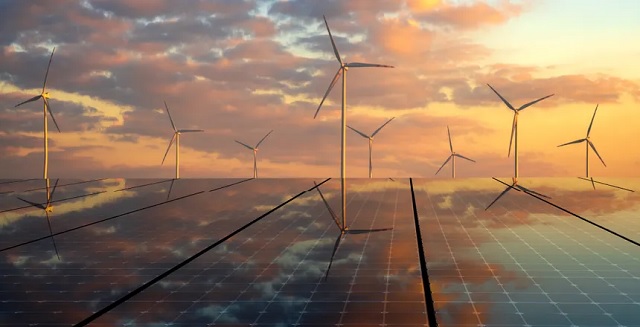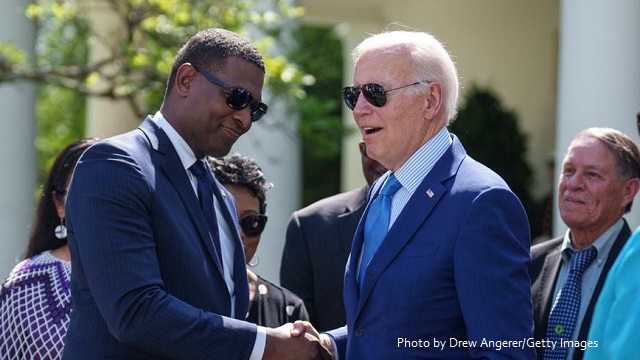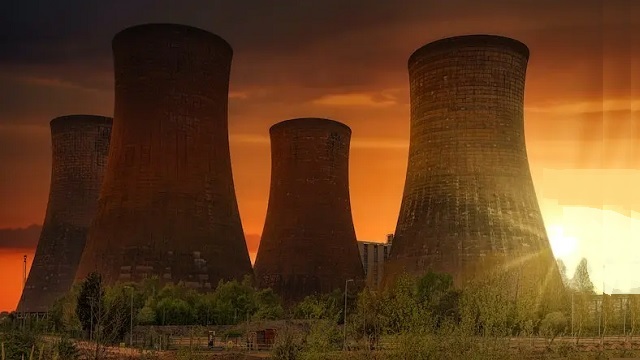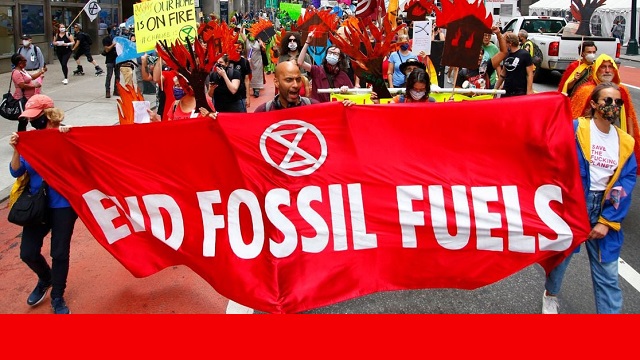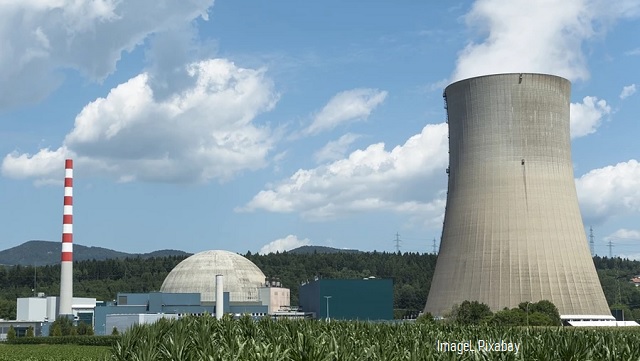The Green Energy Industry Just Had An Absolutely Brutal Week
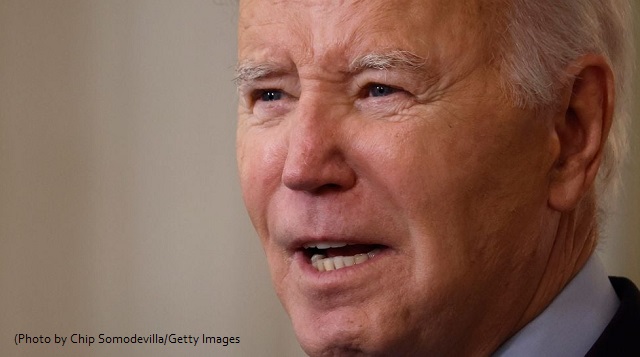
The past week has been marked by worrying developments for the state of the green energy industry, suggesting that President Joe Biden’s sweeping climate agenda could be imperiled.
Offshore wind companies are cancelling projects and executives are sounding the alarm on the state of the industry, while solar companies and indexes have seen their value continue a months-long slide that has resulted in diminished earnings forecasts and a solar-oriented loan provider’s bankruptcy. These developments suggest that Biden’s sweeping green energy plans could be in trouble, especially given the intractable nature of some of the crucial economic problems plaguing the industries.
“Boosters for this energy transition bet the farm on three rent-seeking industries: wind, solar and electric vehicles. Two legs of that three-legged stool are now showing signs of financial distress despite massive subsidies they’ve already received from multiple levels of government,” David Blackmon, a 40-year veteran of the oil and gas industry who now writes and consults extensively on energy, told the Daily Caller News Foundation. “American consumers, who are paying the price for this in the form of skyrocketing costs of all forms of energy, should demand their representatives hang up the phone when the calls come in from wind and automaker executives asking for even more.”
.@larry_kudlow: "The Green New Deal is destroying jobs." pic.twitter.com/5GzLTdVvKH
— Daily Caller (@DailyCaller) September 26, 2023
Orsted, a Danish offshore wind company, announced on Tuesday that it cancelled two major developments off the coast of New Jersey. Company executives blamed factors like inflation, interest rates and supply chain woes, saying that the problems had left the firm little choice but to walk away from the major projects.
Since the cancellations, the company’s stock price has fallen even further and S&P has indicated that it is considering downgrading the company’s credit rating. But Orsted is not the only offshore wind company showing signs that the industry may be in an extremely precarious position.
The U.S. offshore wind industry appears to be “fundamentally broken” due to problems with permitting and rising costs, Anja-Isabel Dotzenrath, the head of gas and low carbon energy for British Petroleum (BP), said at a conference on Wednesday, according to Bloomberg News. “There’s a fundamental reset needed,” she said, suggesting that there could be solutions and that her company is working with its partner to assess “options for their U.S. offshore wind projects to mitigate the effect of inflationary pressures and permitting delays.”
Under Biden’s leadership, the federal government has heavily subsidized the offshore wind developments, primarily via the Inflation Reduction Act (IRA), in a bid to have the industry provide enough power to source electricity for 10 million American homes by 2030. The state of the industry is so dire that numerous energy market experts told the DCNF that a government bailout for the industry may be just around the corner.
Fox News’ Peter Doocy presses @PressSec about where laid off energy workers would go to get “green” jobs:
President Biden “laid out a plan that will not only create millions of good union jobs but also help tackle the climate crisis.”
pic.twitter.com/MNJauWzYoB— Daily Caller (@DailyCaller) February 8, 2021
The offshore wind goal is just one slice of the administration’s efforts to decarbonize the American energy sector by 2035 and then have the entire U.S. economy reach net-zero carbon dioxide emissions by 2050.
Like offshore wind, the administration is counting on solar power to emerge in the coming years as a replacement for the energy generated by fossil fuel infrastructure. Solar power is also similar to wind power in that it is intermittent and currently more expensive than power sourced by natural gas and other fossil fuels, according to Peter Grossman, an emeritus professor of economics for Butler University.
Solar companies have generally had a rough 2023 so far, and this past week has been no different: while stocks are down for several leading solar producers, Sunlight Financing, a company which provided loans to consumers to buy residential solar systems, filed for Chapter 11 bankruptcy on Monday. Several leading home system installers pared back their outlooks for the year this week as well, as higher interest rates and inflation have cooled consumer demand, according to Bloomberg News.
“The green industry makes products that are both very expensive and mostly ineffective,” Larry Behrens, the communications director for Power The Future, told the DCNF. “Yet, instead of admitting reality, we have an administration in Washington that is doubling-down and working overtime to force these terrible products into our lives,” he continued, adding that “thanks to the laughably-named Inflation Reduction Act, Joe Biden has a $369 billion dollar green slush fund and he’s put a political operative in charge of it… Joe Biden knows that when the green agenda fails, his legacy will sink even further, so there will be no dollar amount too high to keep green boondoggles afloat for as long as possible.”
The White House, Orsted, BP and Sunlight Financing all did not respond immediately to requests for comment.
AUTHOR
NICK POPE
Contributor.
RELATED ARTICLES:
Blue State Taxpayers May Pay The Price For Dems’ Wind Power Gamble
Dems’ Own Banking Rules Could Strangle Green Energy Investment
Berkshire Hathaway Reports $12.8 Billion Loss Amid Falling Investments
EDITORS NOTE: This Daily Caller column is republished with permission. ©All rights reserved.
All content created by the Daily Caller News Foundation, an independent and nonpartisan newswire service, is available without charge to any legitimate news publisher that can provide a large audience. All republished articles must include our logo, our reporter’s byline and their DCNF affiliation. For any questions about our guidelines or partnering with us, please contact licensing@dailycallernewsfoundation.org.

